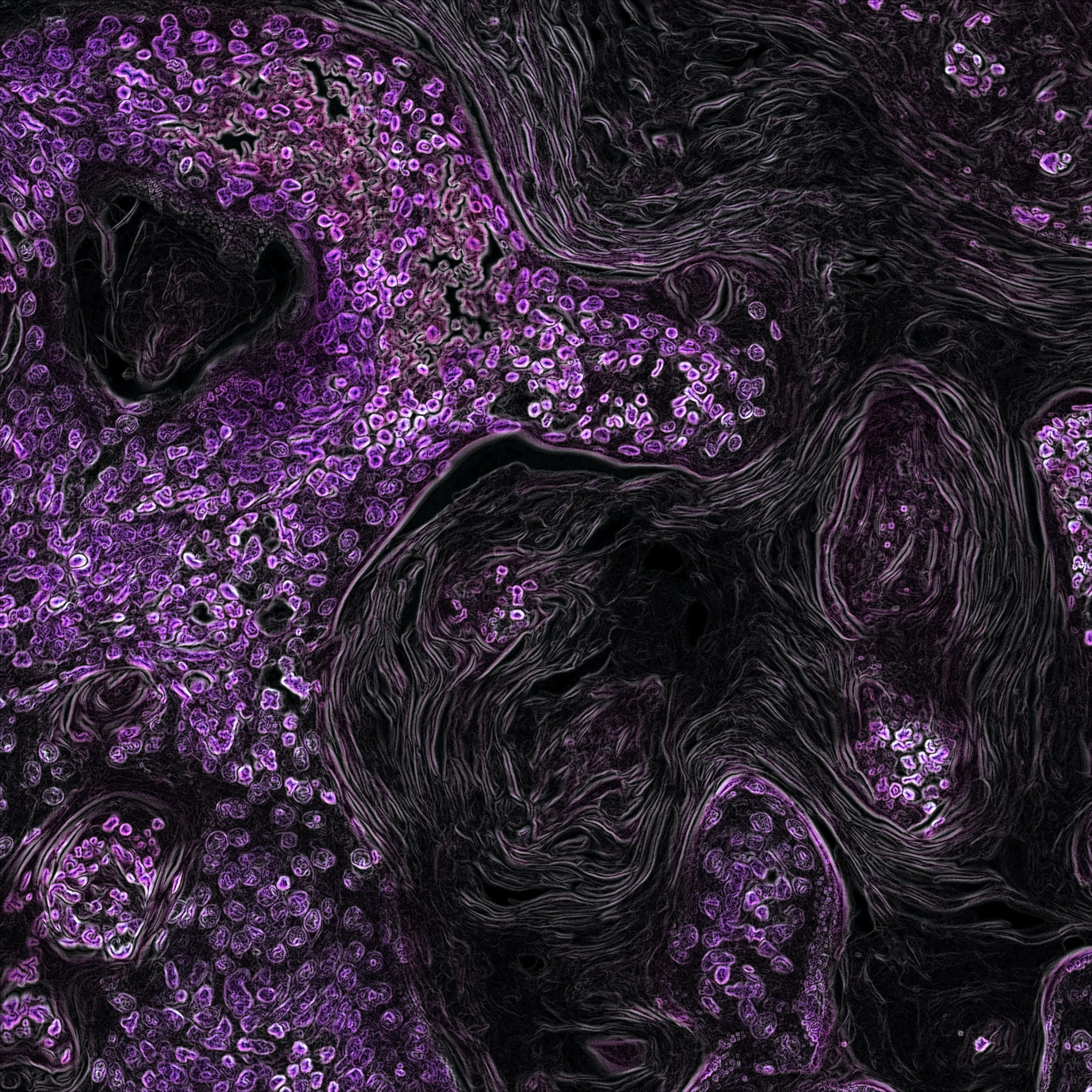
Some of us like hills and others are fond of beaches. Microbes are no different! Some love fresh air and so stay outside, the more shy ones feel comfier inside, some don’t mind any location as long as their favourite pals are with them and others don’t thrive close to their enemies. This affinity of different microbes for different positions and locations can be seen in any environment they choose to inhabit—be it the human gut, soil aggregates or waste.
Scientists are studying this spatial organization of microbial communities to understand the relationships between different microbes better and their functions in that particular environment. For example: in the human gut, various parameters such as pH, oxygen concentration or substrates keep varying and different bacterial families reside in a location where the parameters are most conducive for their growth. Understanding why particular bacteria prefer a particular location helps in ascertaining their function in the community and that environment better. Such knowledge also helps in devising novel biotechnological solutions such as biosensors or biofilms with desired properties based on spatial organization parameters like location and strength of coupling among different species.
Dr Karthik Raman, Professor at the Bhupat & Jyoti Mehta School of Biosciences and a core member of the Robert Bosch Centre for Data Science and Artificial Intelligence (RBCDSAI), IIT Madras, has been working on microbial consortia for quite a while. He, along with his students Sankalpa Venkatraghavan and Sathvik Anantakrishnan, has recently developed models to investigate principles that govern the spatial organization of microbial consortia. The research has been published in the international journal Scientific Reports. “Probing the self-organization of natural microbial communities is limited by their inherent complexity. Therefore, synthetic models have emerged as attractive alternatives. Controlling spatiotemporal patterning in synthetic communities challenging. Our study provides a versatile model that can be used to predict and control the emergent spatial organization of synthetic microbial communities,” says Dr Raman, while explaining the need of carrying out this research.
The team developed mathematical models of a quorum-sensing based strategy to control the behaviour of microbial communities. Quorum sensing is a form of communication between bacteria where bacteria secrete molecules (acyl homoserine lactones or AHLs) which are detected by other bacteria who modify their behaviour accordingly. The models developed by the team showed that indeed bacteria can be organized in a spatial and temporal manner by modulating the rates of secretion of AHLs. The team also carried out various experiments to see how different parameters affected the growth of coupled bacteria in the microbial consortia. The testing was done using an in silico preferential growth assay and it showed that the behaviour of quorum sensing-coupled consortia can be effectively modulated across all ranges of parameters that were tested in experiments. The researchers also showed that these newly developed models accurately recapitulated the results of previous experiments that have investigated pattern formation in synthetic multi-cellular systems.
“In addition to uncovering potential principles of spatial organization, this work enables the construction of complex genetic circuits distributed across communicating strains,” says Venkatraghavan, while discussing the potential applications of the study. The team is now working to represent the environmental conditions of microbial communities more explicitly in the models. They believe that defining the conditions that the communities are exposed to and incorporating the effects of these conditions on the growth and behaviour of the communities will enable more precise predictions of microbial dynamics and more direct control over the spatial patterning of these communities. “We would like to integrate new interactions that give rise to features such as feedback loops in our genetic circuits. We expect that this will allow our models to capture the coordinated behaviour over long-length scales that many natural microbial communities exhibit.” says Anantakrishnan, while explaining other future directions of the study.
Link to the article: https://www.nature.com/articles/s41598-022-20705-7